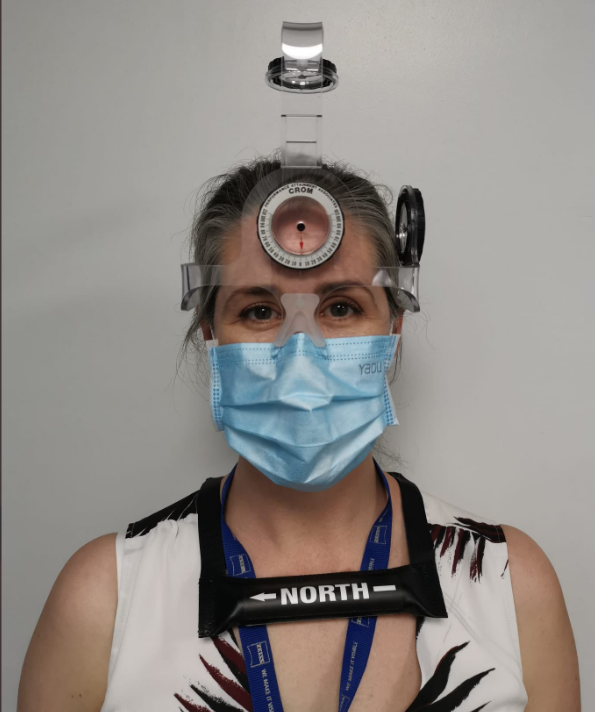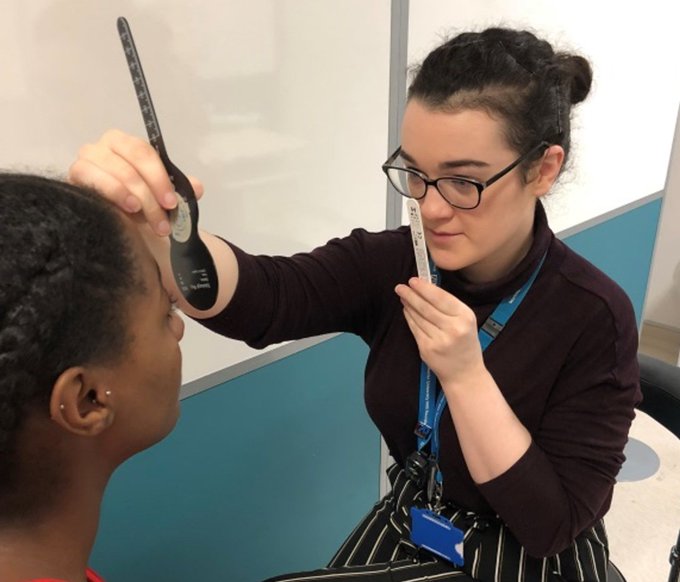At the end of 2021 the Nystagmus Network invited funding applications from UK nystagmus researchers to cover the cost of equipment needed to take their work forward. This week work … Continue reading Nystagmus Network funds research equipment


At the end of 2021 the Nystagmus Network invited funding applications from UK nystagmus researchers to cover the cost of equipment needed to take their work forward. This week work … Continue reading Nystagmus Network funds research equipment

Orthoptists are trained specialists in diagnosing and providing non-surgical management of disorders of eye movements and associated vision defects. BIOS, the British and Irish Orthoptic Society, has produced a series … Continue reading What to expect from a visit to an Orthoptist

With all those job titles beginning with ‘O’ it can be a bit confusing trying to work out who does what at the eye clinic. Here’s a handy guide from … Continue reading Orthoptist, Optometrist or Ophthalmologist?